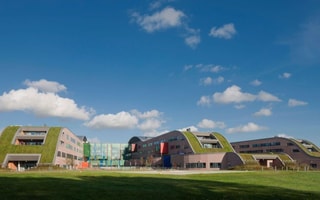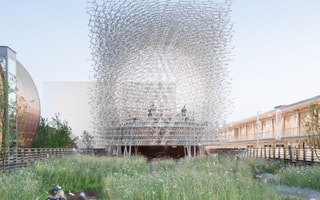A culture of curiosity
Elliott Crossley analyses 100 years of extending reality and celebrates the role of human curiosity in advancing the use of technology in design.
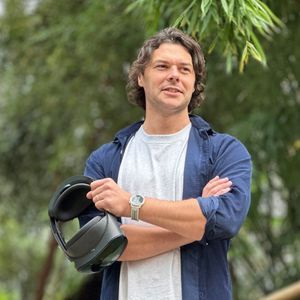
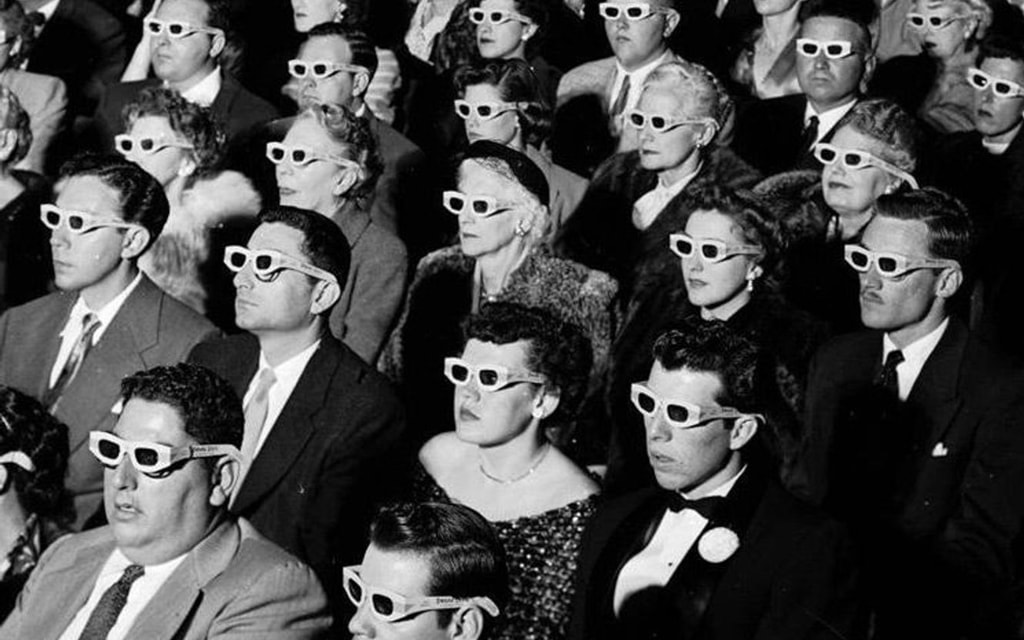
I’ve always been more interested in ‘what if’ rather than ‘what is’. When I think of the word ‘technology’, I’m filled with optimism and excitement. For me, the future brings with it infinite hope.
If there is one constant in architecture and design, it is change. We never stand still; we search relentlessly for ways to improve and move closer to that potential future. Behind every leap forward, every new tool, every innovative process, lies a simple, powerful question: “What if?”
This question, born of curiosity, has driven human achievement for centuries, from early architects sketching to today’s designers creating virtual worlds with a click. In the evolving relationship between design and technology, it is curiosity, infused with fun and a sense of human fulfilment, that shapes not only what we create, but how and why we create it.
A century ago, in 1922, audiences at the Ambassador Hotel Theatre in Los Angeles wore cardboard glasses, one red lens, one blue, to experience the world’s first 3D film, The Power of Love. Its producer, Harry K. Fairall, sought to tell stories in more immersive, memorable ways. This moment marked the beginning of what we now call Extended Reality (XR), a technology that has since moved from the realm of science fiction to a vital part of our professional toolkit.
What stands out from this origin story is not the technology itself, but the spirit behind it. Fairall’s curiosity – his willingness to experiment and see what might happen – set the stage for a century of innovation. Every technological leap, from the first head mounted displays in the 1960s to today’s immersive simulations, has been driven not by cold calculation, but by a playful urge to explore. The red and blue lenses, two differing perspectives, merged to offer a new way of seeing. This also leads us to a fitting metaphor for the importance of diversity, in both people and skills, within design teams today.
In architecture, the arrival of new technology can prompt existential questions. Will digital tools replace the human touch? Will creativity be lost to algorithms? History gives us a reassuring answer: technology doesn’t replace creativity, it amplifies it. It provides new mediums to imagine, test, and create more meaningful, human centred environments.
At BDP, this philosophy is embedded in the practice. Since 1961, BDP has championed the idea of a continuous collective – a culture where ideas, tools, and techniques evolve through collaboration. What was once radical is now essential: a kaleidoscope of perspectives, each contributing their background and experience to create better outcomes through integrated design.
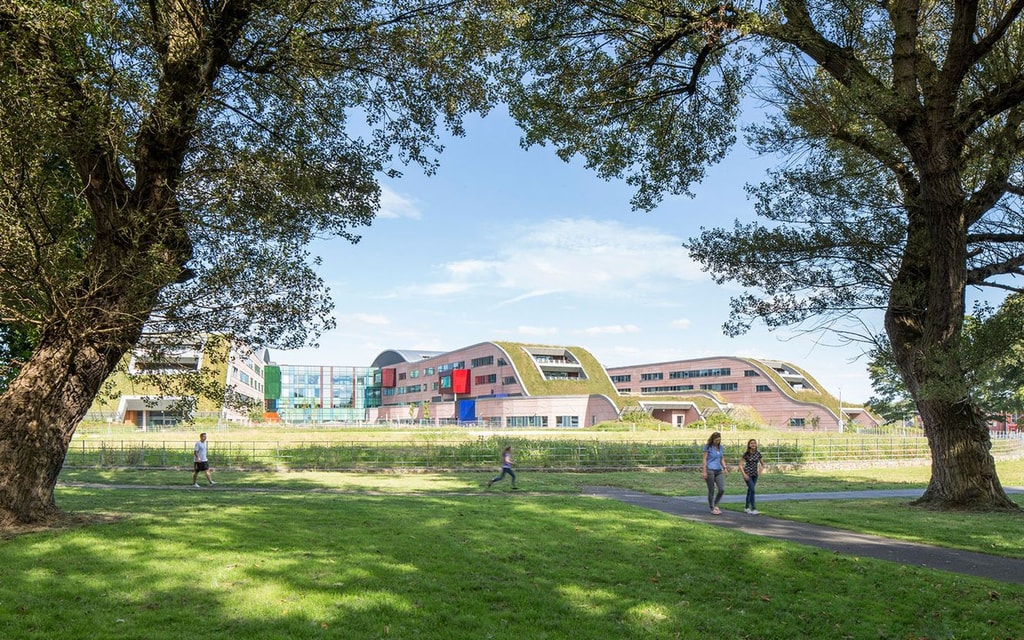
Curiosity flourishes where experimentation is encouraged, and failure is viewed as a step toward discovery. Our teams are empowered to engage with emerging technologies: XR, AI, computational design and digital twins. Safe spaces are created where an idea doesn’t need to be fully formed to be valuable. Some experiments lead to breakthroughs; others don’t. But each attempt expands our understanding, broadens our perspective, and strengthens our ability to design better spaces.
This playful mindset isn’t just about enjoyment, it’s about fulfilment. Imagining, communicating, thinking, and doing are inherently joyful acts. In these moments of play, designers find purpose and spark innovation.
A powerful example is the design of Alder Hey Children’s Hospital. In the early 2010s, as the UK’s Construction Strategy encouraged digital tools, BDP adopted new technology to involve users in the design process. Using simple tools like Google Cardboard, doctors could virtually step into operating theatres and help shape the layouts. This made the design process more democratic, inviting meaningful input from people who might otherwise feel removed.
The results were striking. The hospital was delivered 20% faster than similar projects, aided by high levels of prefabrication informed by digital data. It won the Prime Minister’s Better Public Building award and transformed BDP’s working methods. Insights gained were shared across the practice, enabling others to apply them to new challenges. This is the continuous collective in action. Where curiosity and collaboration drive progress.
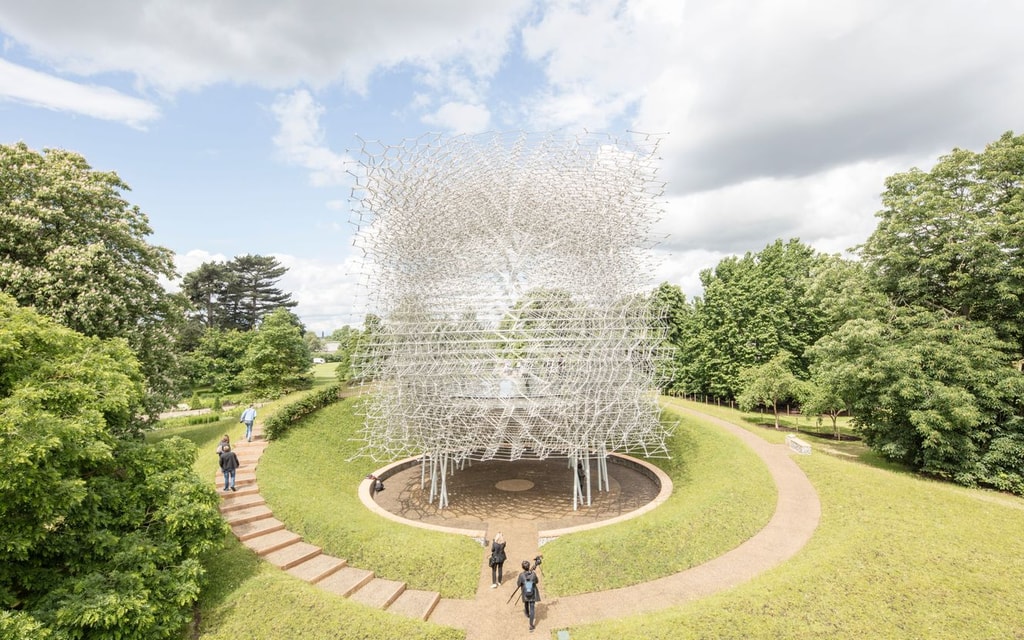
Curiosity is not just about co-creation; it is also about crafting experiences that resonate on a deeper level. The Hive, an installation at the UK Pavilion for the Milan Expo in 2015, exemplifies this. Designed in collaboration with artist Wolfgang Buttress, The Hive was an immersive, sensory experience inspired by the world of bees and their role as pollinators. Visitors entered a meadow, surrounded by honeycomb walls and wildflowers, and were drawn into an alien-like sculpture at the centre.
What made The Hive extraordinary was its connection to a real beehive in Nottingham. Sensors tracked the live activity of the bees, translating their movements into sounds, lights, and vibrations within the installation. The result was a performance, a piece of theatre designed to leave a lasting impression. Here, XR was not a bolt-on technology, but an invisible layer that deepened the story and created a visceral, memorable experience. The perception of a “technology layer” disappeared, and the impact of the story became more powerful.
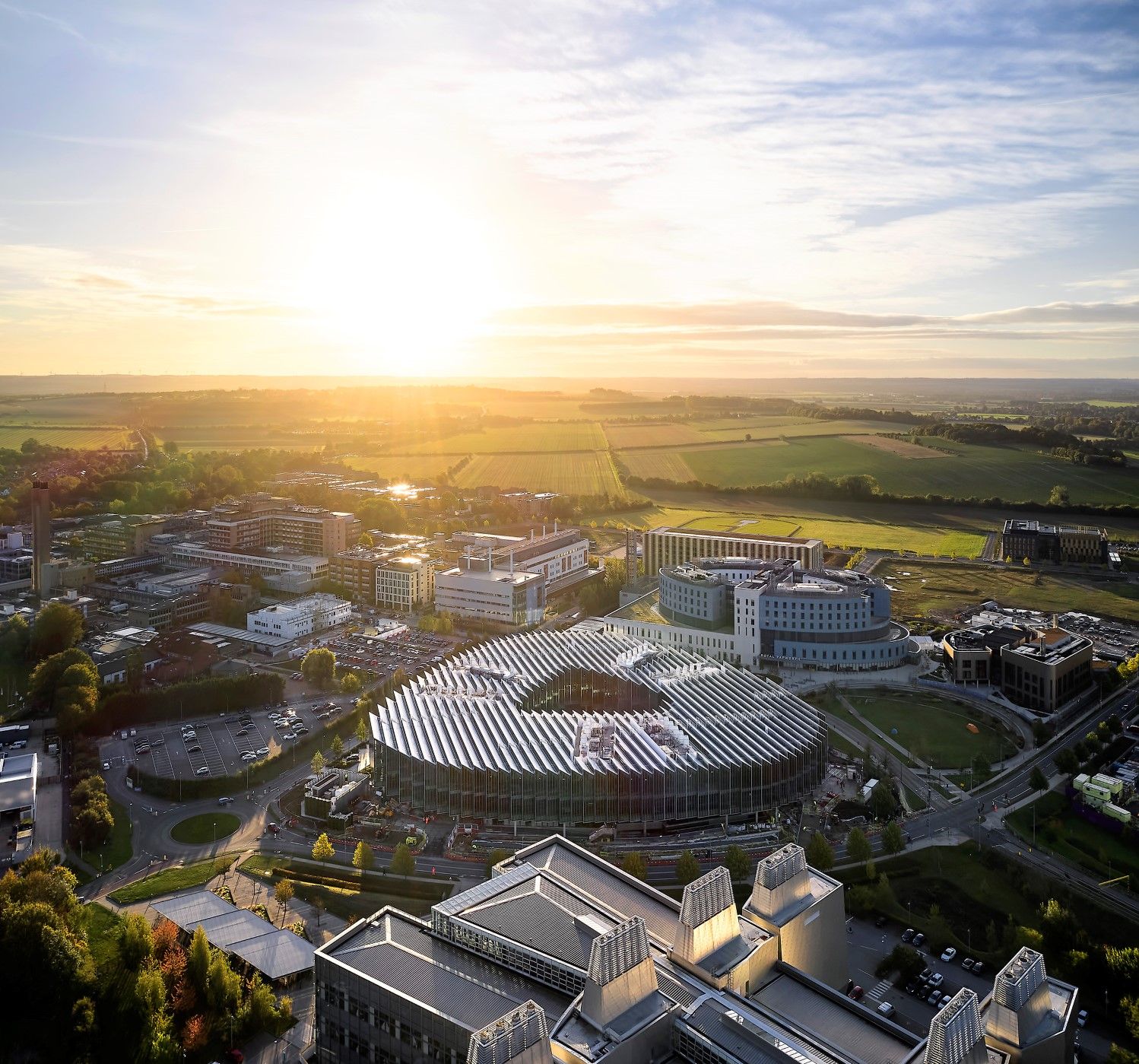
The restoration and renewal of the Palace of Westminster offers another lens on curiosity driven technology. By capturing the building with laser scanning and creating a detailed 3D model, BDP’s designers can explore, plan, and communicate complex scenarios. The model serves as both a planning tool and a rich source of information that conveys the building’s complexity and heritage.
During the COVID-19 pandemic, when site visits were impossible, this data rich model became a virtual meeting place. Layers of detail, on paintings, materials, and heritage collections, were added, turning the model into an enhanced environment. This immersive tool extends reality, offering new ways to experience and safeguard our built heritage. Digital twins allow us to peer into the future while preserving the past.
What unites these stories is not the technology itself, but the mindset we bring to solving problems. Curiosity, playfulness, and experimentation unlock the potential of design technology to respond to the demands of the future. The process of exploring, imagining, and communicating is the point. There is no fixed destination, only the journey, where we find meaning and fulfilment.
Perhaps the greatest gift of curiosity is its power to transcend generations. The story of XR did not begin with us, and it will not end with us. It started 100 years ago and each of us continues to contribute to the narrative to write our chapter and to leave our mark. Our ideas, experiments, and playful explorations become part of the continuous collective, a legacy shaping the future on landmark projects such as Everton FC, AstraZeneca Discovery Centre, and Great Ormond Street Hospital.
As we look ahead, let us embrace technology with wonder. Let us ask better questions, delight in discovery, and remember that the most meaningful innovations come not from necessity, but from curiosity and play. In doing so, we ensure that architecture and design remain not only relevant, but deeply and delightfully human.
This article is adapted from a presentation given by Elliott Crossley at Autodesk University in 2024.
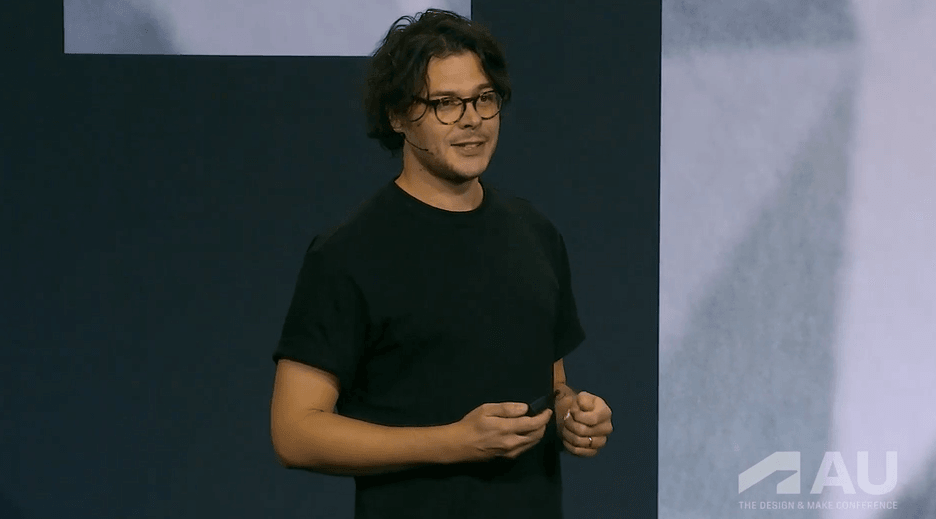
Related Links
Alder Hey Children’s Health Park
Alder Hey Children’s Health Park blends innovative architecture into a public park, offering a fresh and supportive environment for healing.
UK Pavilion, Milan Expo
A collaboration between landscape and art that aims to highlight the decline of the world’s bee population.
